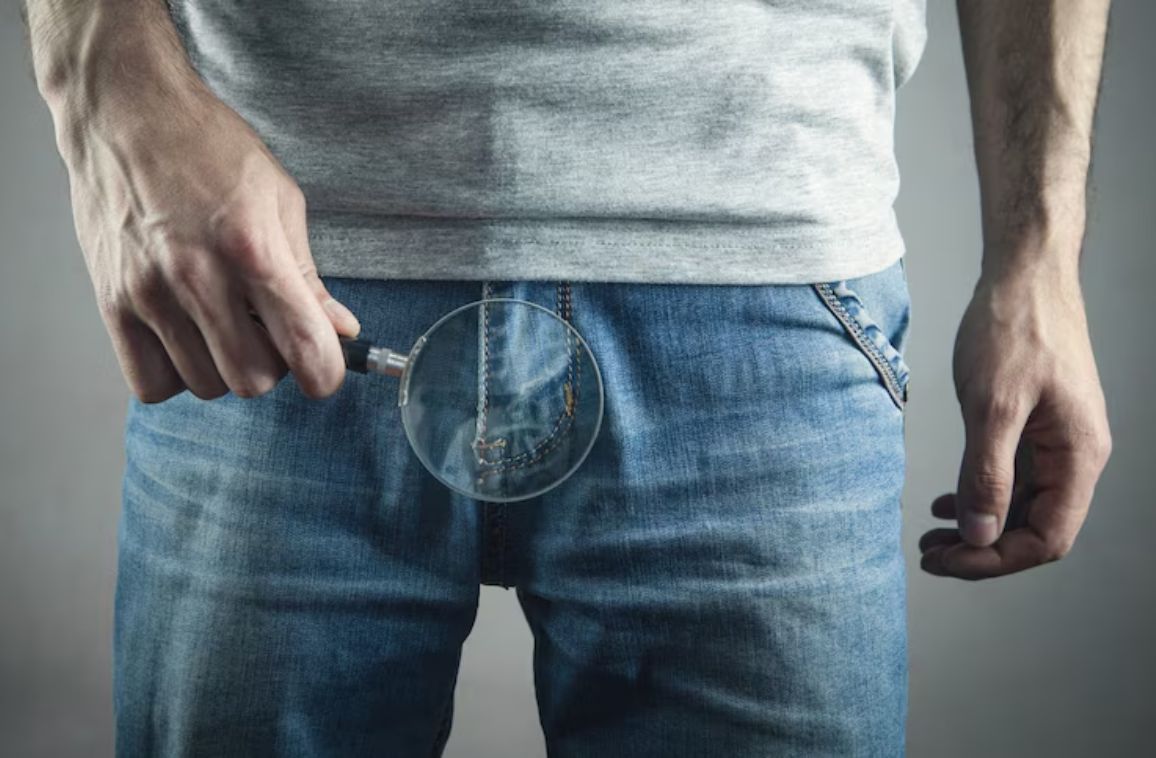
Penis-lengthening surgery can involve silicon implants, fat transfer, ligament division, and other procedures. Surgery is rarely required in medical terms, and it can entail complications.
Although penis enlargement surgery can work in a few cases, there is no guarantee that it will be effective, and the procedures do carry a few risks.
Most people who do opt for the surgery have a normal, functioning penis and make the surgery cosmetic. The cost can be a deterrent factor for a few people.
Penile lengthening surgery happens to be a procedure that does aim to increase the length or even girth of the penis.
Surgery can involve the insertion of silicone implants, the transfer of fat cells, or perhaps the use of skin grafts to increase the size of one’s penis. Other approaches can take the form of cosmetic surgery to give the appearance of a longer penis.
The real need for penis enlargement is rare. Surgery is only required if a person has a condition known as micro-penis. This term describes a penis that is 7.5 centimeters or shorter when stretched.
A penis that does function adequately for both sexual intercourse and urination does not require surgery.
There are a few different procedures for penis lengthening surgery, like:
This sort of surgery entails the insertion of a crescent-shaped piece of medical-grade silicone under one’s penile skin to make the penis longer and wider.
A surgeon initially makes an incision above the penis and then inserts a silicone slip-through it onto the shaft of the penis. They will shape the silicone implant to ensure that it fits the size and shape of the penis.
During a fat transfer procedure, a surgeon will indeed remove fat cells from a fatty area of one’s body and inject them into the shaft of the penis.
They do so by, in fact, making small incisions into the sides of the person’s penis and injecting purified fat cells into these areas.
Suspensory ligament division surgery, or ligamentolysis, does offer a way to make the flaccid penis appear longer by cutting the suspensory ligament. This ligament does attach the penis to the pubic bone.
During the procedure, the surgeon will sever this ligament and then move the skin from the abdomen to the shaft of the penis. Although this may make the flaccid penis hang further down, it does not increase its size.
The surgeon may also suggest other procedures, like removing fat from the area surrounding the penis. Doing so makes the penis appear larger, but again, it does not change its length.
Other, less popular augmentations include:

The typical downtime after surgery is indeed long to ensure that the penis heals correctly. Experts suggest 30 days of no intense physical activity and 60 days of no sexual activity or masturbation after cosmetic penile enhancement surgery.
In most cases, penis enlargement surgery is considered to be a cosmetic procedure. Most insurance policies do not cover cosmetic surgeries like these, so the person must pay out of pocket.
As a result, penis enlargement surgery can, of course, be expensive. The procedure can cost thousands of dollars, and a person must also factor in the cost of taking time off work and other activities to recover.
Insurance may perhaps cover the surgery in cases of true need, like correcting disorders that disrupt the function of the penis.
Penile lengthening surgery, although expensive, is preferred by many men as they feel psychologically confident in relationships.









©2024. Andro9. All Rights Reserved.